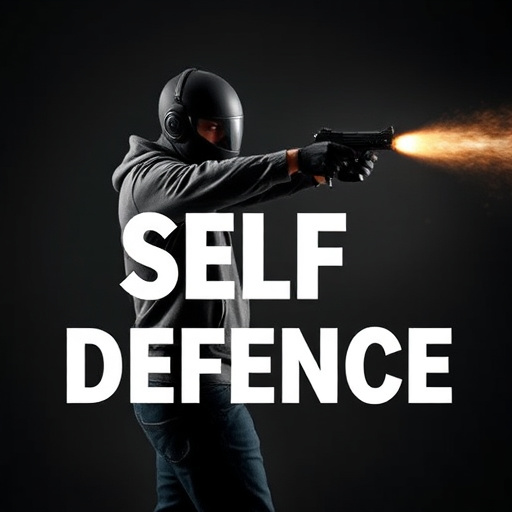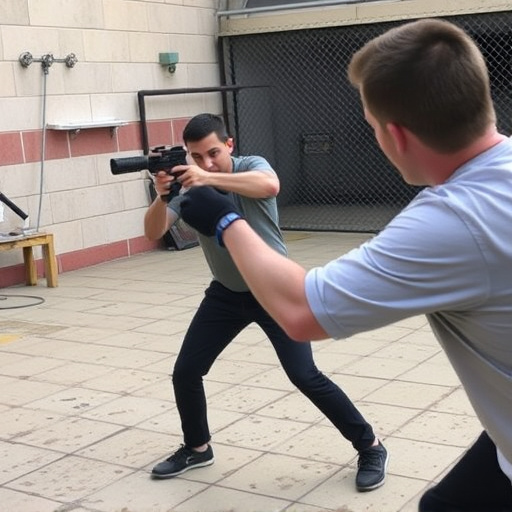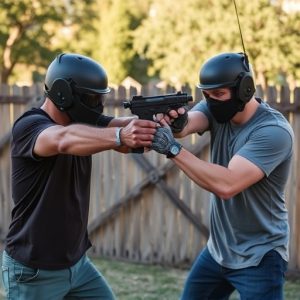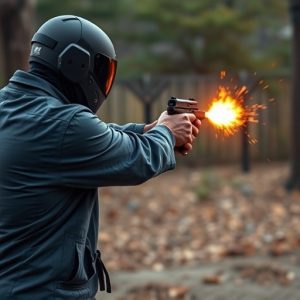Stun Gun Regulations: Understanding Neurological Implications for Concealed Carry
When considering concealed carry or stun guns, understand that regulations vary widely globally, aff…….
When considering concealed carry or stun guns, understand that regulations vary widely globally, affecting who can own, power levels, and design. Stun guns, while offering non-lethal self-defense, come with potential neurological side effects like disorientation and memory lapses. Responsible handling requires understanding legal frameworks and the tools' capabilities and limitations, especially regarding age restrictions, permits, and background checks, to ensure safety.
In today’s world, the possession and use of stun guns have become a point of contention, especially regarding concealed carry regulations. This article delves into the complex landscape of stun gun laws across different jurisdictions, providing an in-depth understanding of federal vs. state rules, permits, and licensing. Furthermore, it explores the often-overlooked Stun Gun Neurological Side Effects, offering a comprehensive look at their scientific basis, potential risks, and legal implications.
Understanding Stun Gun Regulations

When considering concealed carry and stun gun regulations, it’s essential to understand the legal landscape surrounding their use. Each jurisdiction has unique rules regarding who can own and carry a stun gun, as well as specific restrictions on power levels and design. Beyond legal considerations, individuals should also be aware of potential neurological side effects associated with stun guns. These devices work by delivering an electric shock that disrupts muscle control, but they can cause temporary neurological impacts like disorientation, confusion, or even memory lapses—making them powerful tools that require responsible handling and a clear understanding of their capabilities and limitations.
– Overview of concealed carry laws across various jurisdictions

The regulations surrounding concealed carry, including stun guns, vary widely across different jurisdictions worldwide. Some countries and states have strict restrictions on private citizens owning firearms of any kind, while others allow for more lenient rules, especially when it comes to non-lethal self-defense options like stun guns. These devices are designed to incapacitate an assailant through electrical disruption, providing users with a powerful tool for personal protection. However, it’s crucial to understand the specific legal frameworks governing their use and possession.
Many regions have specific guidelines regarding the type, size, and power output of stun guns that are considered acceptable for concealed carry. Additionally, there might be requirements for permits or licenses, age restrictions, and background checks to ensure public safety while allowing responsible individuals to protect themselves. The legal landscape surrounding stun guns is further complicated by the potential neurological side effects associated with their use, which has sparked debates about their safety and regulation.
In light of varying concealed carry stun gun regulations, understanding the neurological side effects of stun guns is crucial. While these devices can offer personal protection, their impact on an attacker’s nervous system should not be overlooked. As different jurisdictions have distinct rules regarding concealed carry, individuals must stay informed to ensure compliance and make responsible decisions regarding self-defense options like stun guns.


